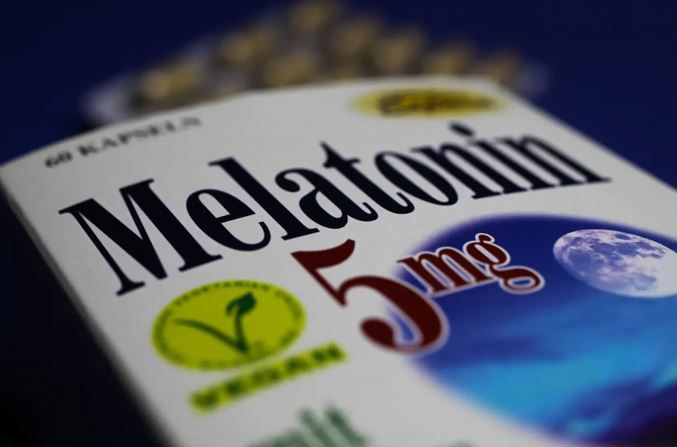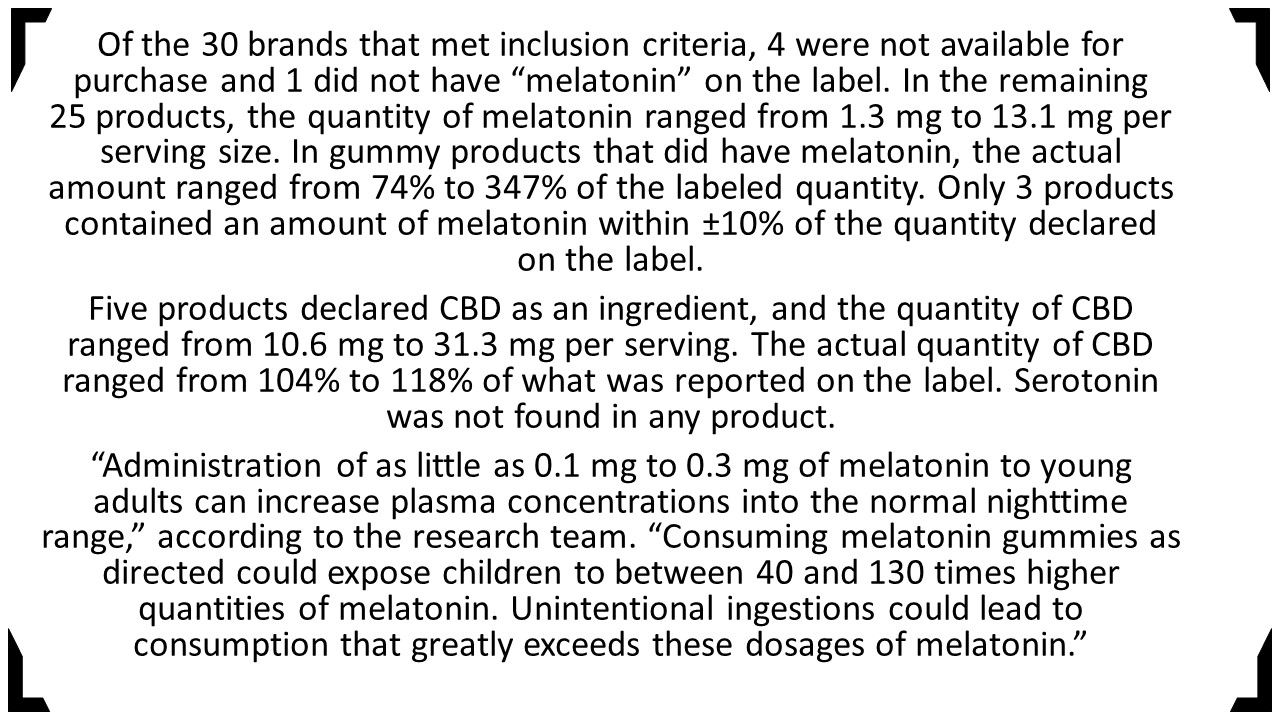- Clinical Technology
- Adult Immunization
- Hepatology
- Pediatric Immunization
- Screening
- Psychiatry
- Allergy
- Women's Health
- Cardiology
- Pediatrics
- Dermatology
- Endocrinology
- Pain Management
- Gastroenterology
- Infectious Disease
- Obesity Medicine
- Rheumatology
- Nephrology
- Neurology
- Pulmonology
Melatonin Implicated in 11K ED Visits for Infants, Children Over 4 Years: MMWR
Melatonin products, particularly flavored gummies and tablets, were documented in 7 out of 10 ED visits for unsupervised medication exposure in children aged ≤5 years.
©Ralf/stock.adobe.com

Unsupervised melatonin ingestion was recorded as the reason for 7 out of 10 emergency department (ED) visits among infants and children for unsupervised medication ingestion during the 4 years between 2019 and 2022. According to a Notes from the Field report published in MMWR on March 7, 2024, many of the 11 000 incidents involved gummy and other flavored formulations.
Melatonin use among US adults quintupled between 1999-2000 and 2017-2018, with prevalence rising from 0.4% to 2.1%, according to the report. Closely tracing this increase between 2012 and 2021 was a 530% increase in poison center calls for pediatric exposure to the over-the-counter supplement used as a sleep aid and a 420% increase in ED visits during 2009 to 2020 for unsupervised ingestion by infants and children, wrote the investigators.
Child resistant packaging is not required of melatonin products currently marketed, although a supplier may do so voluntarily. Investigators found that when container type was documented in ED reports, approximately three-quarters indicated bottles were accessed, suggesting that an infant or child opened the container or that it was not closed properly.
The CDC analyzed public health surveillance data to identify the melatonin-related ED cases among infants and children aged 5 years and younger during 2019 to 2022, relying on the treating clinician’s diagnosis and supporting documentation in the ED record. Unsupervised ingestion of melatonin accounted for 7.1% of all the ED visits for unsupervised medication exposures over the 4 years with more than half (52.4%) involving children aged 3 to 5 years, according to the report.
Gummy formulations of melatonin were the most commonly documented solid dosage form (47.3%) reported. The researchers found that access to 10 units or more in gummies or chewable tablet forms was recorded in more than one-third (35.8%) of visits for exposure to solid forms. Further, in nearly half of ED cases (47.7%) adult or family formulationsa of melatonin was documented, although the intended age group for the specific product was not available in 45.0% of visits. Melatonin was the only product involved in the majority (90.2%) of the incidents, investigators wrote.
According to their findings, very few of the children required hospital admission, corroborating previous research including a study from 2022 of calls to US poison centers that found 98% of pediatric melatonin exposures resulted in minimal or no effects.2 However, a more recent study from 2023 found significant disparities in the labeled and actual ingredients and strengths of melatonin products in the US (see below).3 Those authors commented, in part, that “Consuming melatonin gummies as directed could expose children to between 40- and 130-times higher quantities of melatonin. Unintentional ingestions could lead to consumption that greatly exceeds these dosages of melatonin.”
Research teams from both investigations emphasized the need for ongoing education of parents and other caregivers on keeping all medications and supplements, and particularly those packaged to appeal to children and other youth, out of sight and reach. They also advised adults with children at home to seek out products that are sold in child-resistant packaging.
Cohen PA, et al. JAMA. 2023;329:1401-1402. doi:10.1001/jama.2023.2296

